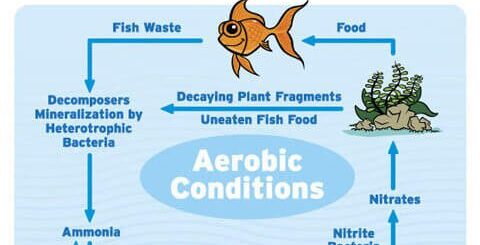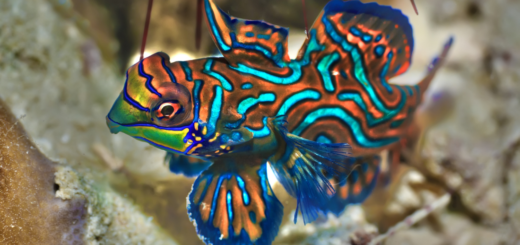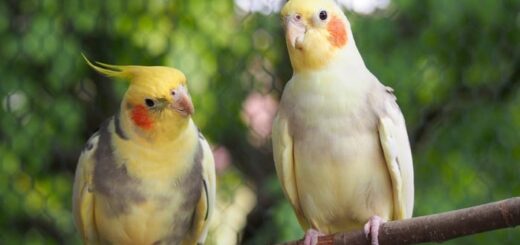Breeding Fish At Home: Tips For A Successful Fish Breeding Project
If you’ve ever dreamed of having your own aquarium full of adorable baby fish, this article is for you. From selecting the right fish species to creating a conducive breeding environment, this guide will provide you with essential tips and tricks for a successful fish breeding project. Whether you’re a beginner or an experienced hobbyist, get ready to embark on an exciting journey as you learn the ins and outs of breeding fish at home.
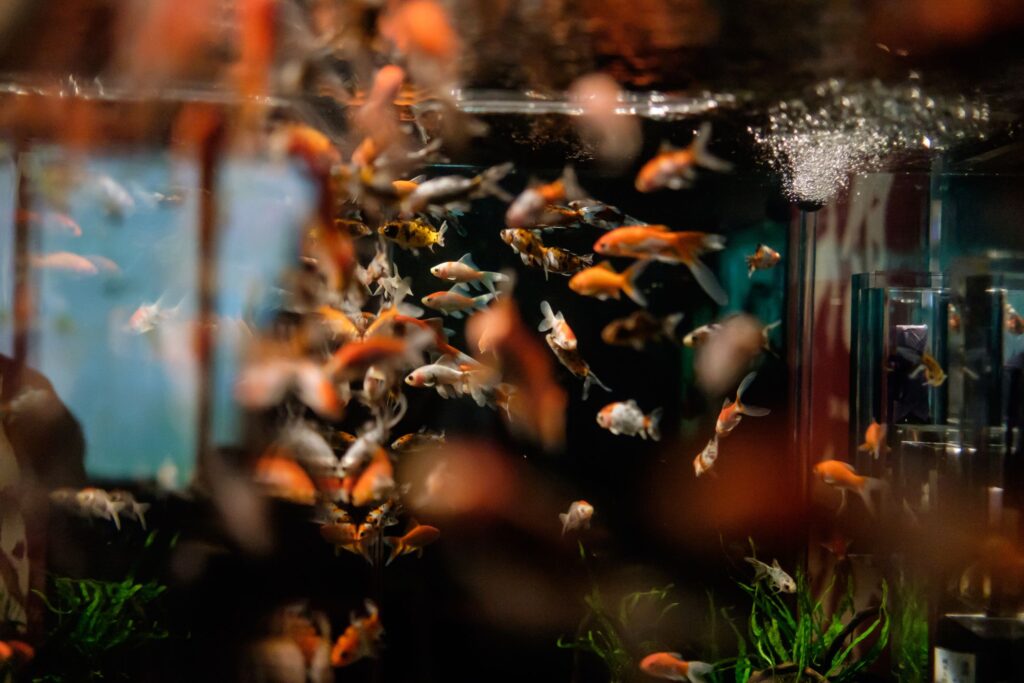
This image is property of www.thesprucepets.com.
Click here…Your Spirit Animal is Trying to Connect…
Choosing the Right Fish
Breeding fish at home can be a rewarding and fulfilling experience. However, before embarking on this journey, it is important to consider a few key factors. First and foremost, you need to assess your level of experience with fishkeeping. If you are a beginner, it is advisable to start with hardy and easy-to-breed species such as guppies or mollies. These fish have a high tolerance for fluctuating water conditions and can adapt well to different environments.
On the other hand, if you have some experience in fishkeeping and are ready for a more challenging project, you can explore breeding species such as angelfish or discus. These fish require more specific water parameters and may require additional care and attention.
Researching different species is another crucial step in choosing the right fish for your breeding project. Consider factors such as their compatibility with other fish, their natural behavior and breeding habits, as well as their specific tank requirements. Some fish require larger tanks with plenty of swimming space, while others prefer smaller, more intimate setups. Take your time to learn about each species and make an informed decision based on your preferences and the feasibility of providing the suitable environment.
Compatibility is an essential consideration when selecting fish for breeding. Some species are known to be peaceful and are more likely to get along with other fish in a community tank. On the other hand, some fish can be aggressive or territorial, especially during the breeding season. It is essential to choose fish that are compatible with each other to minimize stress, aggression, and potential harm to the eggs or fry.
Creating the Ideal Environment
Creating an ideal environment for your breeding fish is crucial for their well-being and reproductive success. It starts with setting up a suitable aquarium that meets the specific requirements of the species you have chosen to breed. Consider factors such as tank size, water filtration, and appropriate décor.
When it comes to tank size, larger is generally better. A larger tank provides more swimming space and allows for better water quality management. Some fish, like cichlids, require a larger tank to establish their territories during breeding. Research the specific requirements of the fish you plan to breed to ensure you provide a comfortable and suitable environment.
Maintaining the right water conditions is essential for the overall health and well-being of your breeding fish. Pay close attention to water temperature, pH levels, and water hardness, as different species have different preferences. Some fish, like tetras, thrive in slightly acidic water, while others, like livebearers, prefer slightly alkaline conditions. Investing in a reliable water testing kit will help monitor and maintain the appropriate water parameters for your fish.
Provide your breeding fish with sufficient hiding places to create a sense of security and privacy. Many fish species, especially during the spawning process, seek out secluded areas to lay their eggs and protect their fry. Dense vegetation, caves, and other hiding spots will increase the chances of successful breeding by providing a conducive environment for your fish.
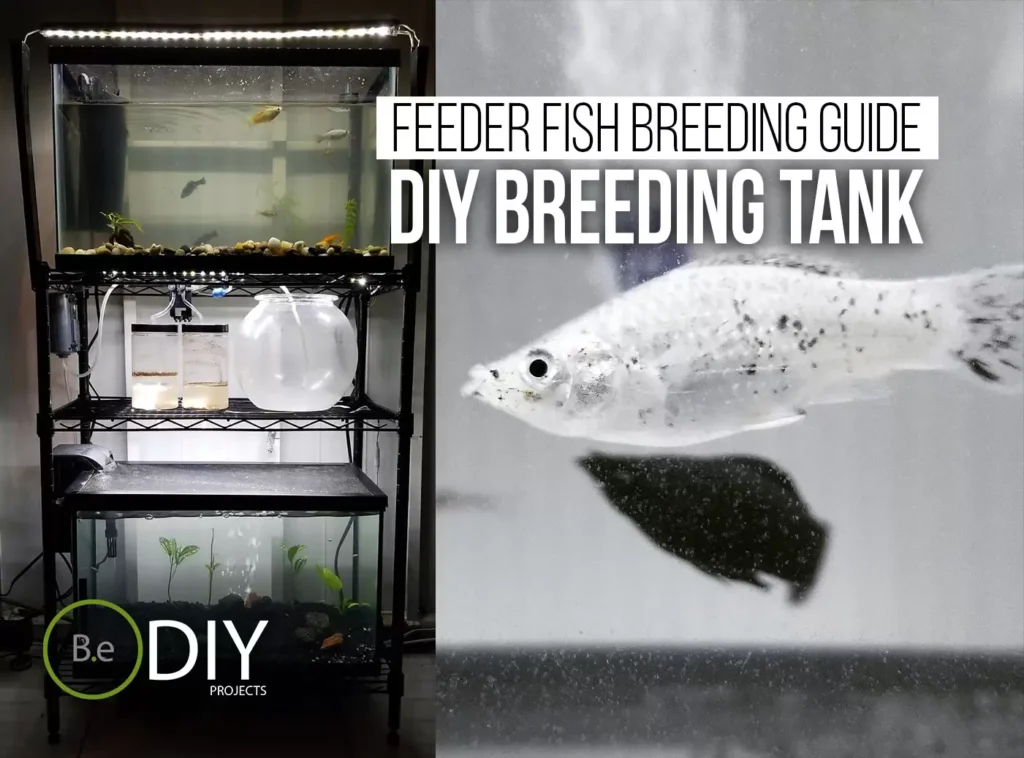
This image is property of bantam.earth.
Click here…Your Spirit Animal is Trying to Connect…
Understanding Fish Reproduction
Before diving into the breeding process, it is important to gain a solid understanding of fish reproduction. Fish have various breeding behaviors, and knowing what to expect will help you anticipate their needs and provide appropriate care.
Learning about breeding behaviors specific to the fish species you wish to breed will give you insights into their courtship rituals, mating displays, and parental care. Some fish engage in elaborate courtship dances or build nests to attract their mates, while others may deposit their eggs on plant leaves or in burrows.
Identifying male and female fish is a crucial skill when it comes to successful breeding. In some species, the differences may be obvious, with males displaying vibrant colors or elaborate fin extensions. In other cases, the differences may be more subtle, requiring careful observation or examination of breeding tubes or other anatomical features.
Understanding spawning and fertilization is essential for ensuring successful reproduction. Some fish are egg scatterers, releasing their eggs and sperm into the water column, while others are substrate spawners, depositing their eggs on surfaces such as rocks or in caves. Fertilization can occur internally or externally, depending on the species. Knowing the specific reproductive strategies employed by your fish will enable you to provide the necessary conditions for successful breeding.
Preparing for Breeding
Preparing your fish for breeding requires careful consideration and attention to their health and nutritional needs. Conditioning the fish is essential to ensure they are in optimal breeding condition. This involves providing a balanced and nutritious diet, which may include live or frozen foods rich in protein to stimulate reproductive activity.
Separating the sexes to create the right breeding environment is often necessary. Many fish display aggressive behaviors during the breeding season, which can lead to stress and harm to the eggs or fry. It is important to separate males and females until the appropriate time for breeding, allowing them to acclimate to their respective environments and reduce stress.
Monitoring fish health is crucial throughout the preparation phase. Fish in optimal health are more likely to breed successfully and produce healthy offspring. Regularly check for signs of illness or disease, monitor water quality parameters, and provide appropriate treatments or adjustments as needed.
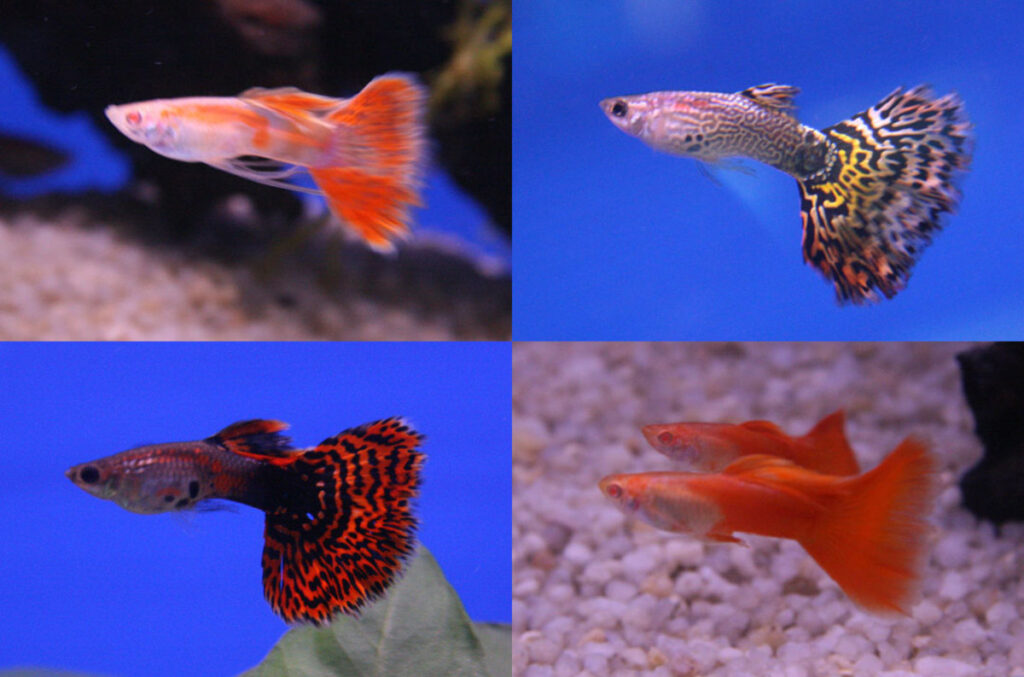
This image is property of images.saymedia-content.com.
Triggering Breeding Behavior
Once your fish are conditioned and separated, you can take steps to trigger their breeding behavior. Adjusting water conditions and temperature is a common method used to stimulate breeding activity. Research the specific requirements of your fish species and make the necessary adjustments to recreate their natural habitat.
Creating a day-night cycle is essential for regulating the breeding behavior of most fish. Providing a consistent light schedule of approximately 8-12 hours of light and 12-16 hours of darkness mimics the natural light cycles that trigger spawning in the wild. Using a timer or dimmer switch for your aquarium lights can help ensure a consistent and appropriate day-night cycle.
Providing breeding cues is another effective way to induce breeding behavior in many species. This can include introducing a potential mate, providing suitable spawning sites or materials, or mimicking natural environmental conditions through techniques such as temperature changes or water flow adjustments. Research the specific cues needed for your fish species and provide them accordingly.
Spawning Process
Once your fish have been conditioned and the breeding behavior has been triggered, you will begin to observe the exciting process of spawning. Courtship and nest building are common behaviors exhibited by many species before and during the actual spawning event.
Observe the courtship rituals of your fish, which can range from vibrant displays of color to intricate dances or chasing behaviors. These rituals serve to attract and communicate readiness for reproduction between the males and females.
Monitoring egg development is crucial during the spawning process. Eggs can develop at different rates depending on the species and environmental conditions. Regularly check the eggs for signs of growth, ensuring they are healthy and developing as expected.
Ensuring proper fertilization is essential for successful breeding. Some fish, like livebearers, have internal fertilization, while others rely on external fertilization. Monitor the behavior of your fish and observe the mating process to ensure that successful fertilization has occurred.
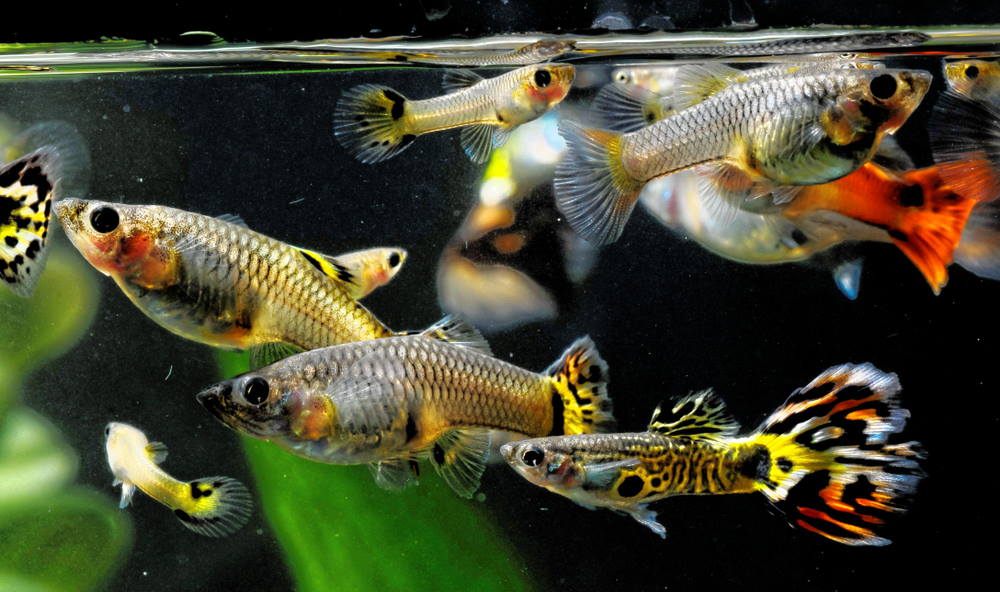
This image is property of cdn.shopify.com.
Caring for the Eggs
Once the eggs have been laid and fertilized, it is important to provide optimal conditions for their development. Maintaining water quality is crucial during this stage, as poor water conditions can lead to fungal or bacterial infections that can harm or kill the developing embryos.
Protecting the eggs from predators is vital, as many fish species will consume their own eggs given the opportunity. Keep an eye out for any potential threats, such as other fish or invertebrates, and take appropriate measures to separate them or provide physical barriers to protect the eggs.
Providing ideal incubation conditions for the eggs is essential for their successful development. Some species may require specific water parameters or temperatures for optimal hatching. Research the specific needs of your fish species and make any necessary adjustments to ensure the best possible environment for the eggs.
Caring for Fry
Once the eggs have hatched, it is time to shift your focus to caring for the fry. Feeding and nutrition are crucial during this stage, as the fry need proper nourishment for healthy growth and development. Consult with aquatic experts or research the specific dietary requirements of your fish species to ensure you are providing the appropriate food.
Maintaining optimal water conditions is vital for the well-being of the fry. Regular water changes, monitoring ammonia and nitrite levels, and maintaining appropriate temperature and oxygenation are critical during this stage. Any fluctuations or poor water conditions can have detrimental effects on the fry’s health and growth.
Promoting growth and development requires closely monitoring the fry and making any necessary adjustments. Some species may benefit from the introduction of specific live foods or enhancements to their environment, such as additional hiding spots or plants. Carefully observe the fry and make adjustments as needed to ensure they thrive.

This image is property of i.ytimg.com.
Handling Challenges and Issues
Breeding fish at home can come with its fair share of challenges and issues. Dealing with aggression and territoriality is common during the breeding season, as hormones and natural instincts drive fish to protect their nest and young. Careful monitoring and separation may be necessary to prevent harm to the eggs or fry.
Addressing breeding failures or high mortality rates can be disheartening but is an opportunity to learn and adjust. Assess the conditions, nutrition, and any other factors that may have contributed to the failure, and make appropriate changes for future attempts. Seek advice from experienced breeders or aquatic experts who can offer insights and guidance.
Managing diseases and infections is crucial during the breeding process, as both the adult fish and the fry can be susceptible to various illnesses. Regularly monitor fish health, maintain appropriate water conditions, and be prepared to administer suitable treatments as needed. Quarantining fish before breeding can help prevent the spread of diseases and minimize risks.
Breeding Project Conclusion
Once your breeding project has run its course, take some time to evaluate its success. Reflect on the process and the lessons learned along the way. Consider the health and survival rates of the fry, the overall compatibility and behavior of the fish involved, and any notable challenges or successes that occurred.
Reflecting on the lessons learned can help guide future breeding endeavors. Consider any adjustments or improvements that can be made to achieve better results in future projects. Breeding fish at home is a continuous learning process, and each project provides an opportunity to refine your skills and expand your knowledge.
With careful planning, research, and attention to detail, breeding fish at home can be a fascinating and rewarding experience for any aquarist. As you embark on your breeding journey, remember to be patient, observe your fish closely, and enjoy the wonder of new life unfolding in your aquarium.


